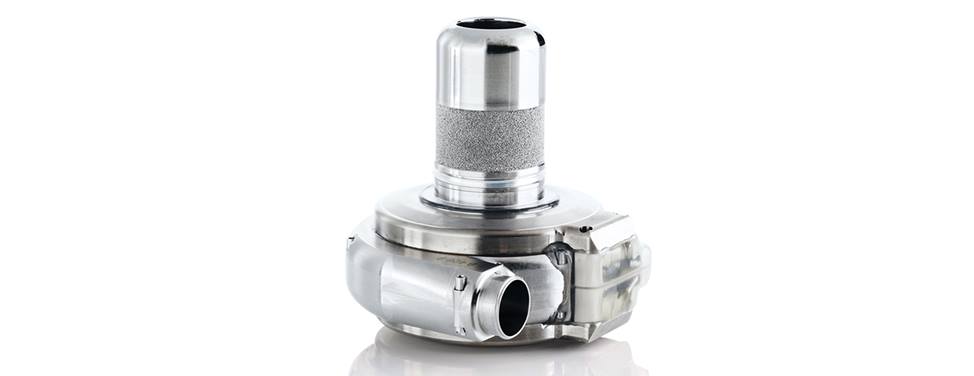
FAQ: Living with a Ventricular Assist Device (VAD)
- Will I need to take any medication?
- How will the VAD affect my daily routine?
- Can I exercise with a VAD?
- Can I travel with a VAD?
- Will I need to take blood thinners with a VAD?
- How do I take care of the line coming out of my chest or abdomen?
- Is blood pressure important?
- Can I drive with a VAD?
- Can I shower or swim with a VAD?
- What about intimacy?
Will I need to take any medications?
You will continue to take your heart failure medications after you have your left ventricular assist device (LVAD). These could include a diuretic, blood pressure medications and other medicines to support your heart function. The number and dosages of these medications may change based on your vital signs while on LVAD support. You also may be started on different medications depending on your clinical situation. Your mechanical circulatory support (MCS) team will monitor your medications, your heart function, your vital signs and your LVAD parameters so that you are being optimally supported.
How will the VAD affect my daily routine?
Living with an LVAD is a new way of life — a "new normal." It will take some time to get used to having an LVAD since it is always connected to your body. You will have to made adjustments to some of your daily activities based on now having additional connections and needing constant power source. Fortunately, the external parts of the LVAD are getting smaller as technology is advancing. Batteries are weigh less and last longer. You can even plug into your car. You may need to adjust the way that you sleep so that you aren't laying on your LVAD. You will also have to remember that you will always have an open area which is a source of infection so you will need to monitor and take good care of this.
Of course, you will notice you are less short of breath over time, and have more energy than you may have for a long time prior to your LVAD. It is all about getting back to life. And changing the mindset of drinking can sometimes be a challenge when you are used to limiting your fluid intake for your heart failure before your LVAD. You can and should drink more fluid since the LVAD is circulating blood through your body at a set speed. Sometimes if you haven't taken in enough fluid, or it is very hot outside, you may notice some temporary dizziness. This can usually be treated by drinking more water and changing positions slowly.
Can I exercise with a VAD?
Physical activity is always good, not just for your heart, but for the rest of your body. You will have to start slow because you have been in the hospital for some time and your muscles are probably out of shape. Initially after getting home, you will still feel quite tired; this is normal after such a big surgery. Generally, your only activity restrictions will be swimming or contact sports. Your physician can discuss exercise goals and guidelines with you.
Can I travel with a VAD?
Absolutely! Once your chest is healed and your MCS team feels that your vital signs and LVAD are working optimally without any issues, you can travel just like anyone else. The only thing you will need to be mindful of is when traveling by plane, you will need to notify the security personnel that you have an LVAD and will need to carry your VAD equipment on the plane. This will obviously not go through Security check without alarming. If possible, carry a statement explaining your LVAD from your MCS team so there is no question about equipment. You will just need to be sure before any type of travel that you take enough charged batteries with you to sustain the pump function until you get to your destination. You have an LVAD now, so enjoy your life and see the world.
Will I need to take blood thinners with a VAD?
You will need to be on blood thinners and most likely an aspirin for as long as you have your LVAD. Initially, blood work will be done somewhat frequently to assure that your blood is as thin as it needs to be to allow for the LVAD to work at its best. As with any artificial, mechanical device, blood thinners help to prevent the risk of developing small clots in the device. Watching your diet and understanding the types of food that you eat and how they impact your blood thinners is important. You will discuss this with your MCS team. Your team will strictly monitor your blood thinners and aspirin doses based on your blood work and instruct you on how to make changes to the doses when needed.
How do I take care of the line coming out of my chest or abdomen?
The line coming out of either your abdomen or chest area is called a driveline. It is what connects the LVAD pump to the controller on the outside of your body that runs the pump. Where the driveline comes out of your body is called the exit site. It is very important that this site be taken care of due to the risk of infection. Once an infection settles inside of this area, it is very hard to get rid of. Also very important to remember when dealing with your LVAD driveline is to keep it as still as you can; excessive movement at the exit site almost always causes local irritation, which can turn into an infection. Your MCS team will teach you and your caregiver how to perform the dressing changes required to maintain your driveline and keep it clean and covered.
Is blood pressure important?
Blood pressure is very important and keeping good control over blood pressure assures that your LVAD pump functions optimally. Your MCS team will closely monitor your blood pressure and make adjustments to your medications as needed. It is helpful if you can check your blood pressure at home, but due to the type of therapy an LVAD produces, many times it is difficult to feel a pulse or get a blood pressure reading on a regular blood pressure cuff. You may be asked to have your blood pressure checked at your primary care physician's office. Sometimes you may be eligible for cardiac rehabilitation and your blood pressure will be checked at that facility frequently. Most commercial automatic blood pressure cuffs are not able to register a blood pressure.
Can I drive with a VAD?
Your MCS team and physician will discuss with you when it is appropriate to return to driving a vehicle. Initially, while your chest is still healing and you are recovering, you will not be permitted to drive a vehicle, although you can be a passenger in one.
Can I shower or swim with a VAD?
You are able to shower with your LVAD once your incisions have healed. Your MCS team will discuss with you the use of a special shower bag provided by your LVAD company. As you can imagine, it is essential that you not get your equipment wet. Unfortunately, there is no way to swim with this equipment, as it cannot be submerged. At some point in the near future, the hope is to have a fully implantable LVAD system which will allow you to swim and shower with ease.
What about intimacy?
Intimacy is important for everyone, and just because you have an LVAD doesn't mean you cannot continue to enjoy intimacy with your partner. You will have to determine how to comfortably manage this so that there is no pressure on the equipment or excessive movement of the driveline at the exit site. The only contraindication to LVAD and intimacy is pregnancy. If you are of childbearing years, you CANNOT get pregnant with an LVAD as there is no way to safely manage your blood thinner medication with a fetus.
UCSF Health medical specialists have reviewed this information. It is for educational purposes only and is not intended to replace the advice of your doctor or other health care provider. We encourage you to discuss any questions or concerns you may have with your provider.








